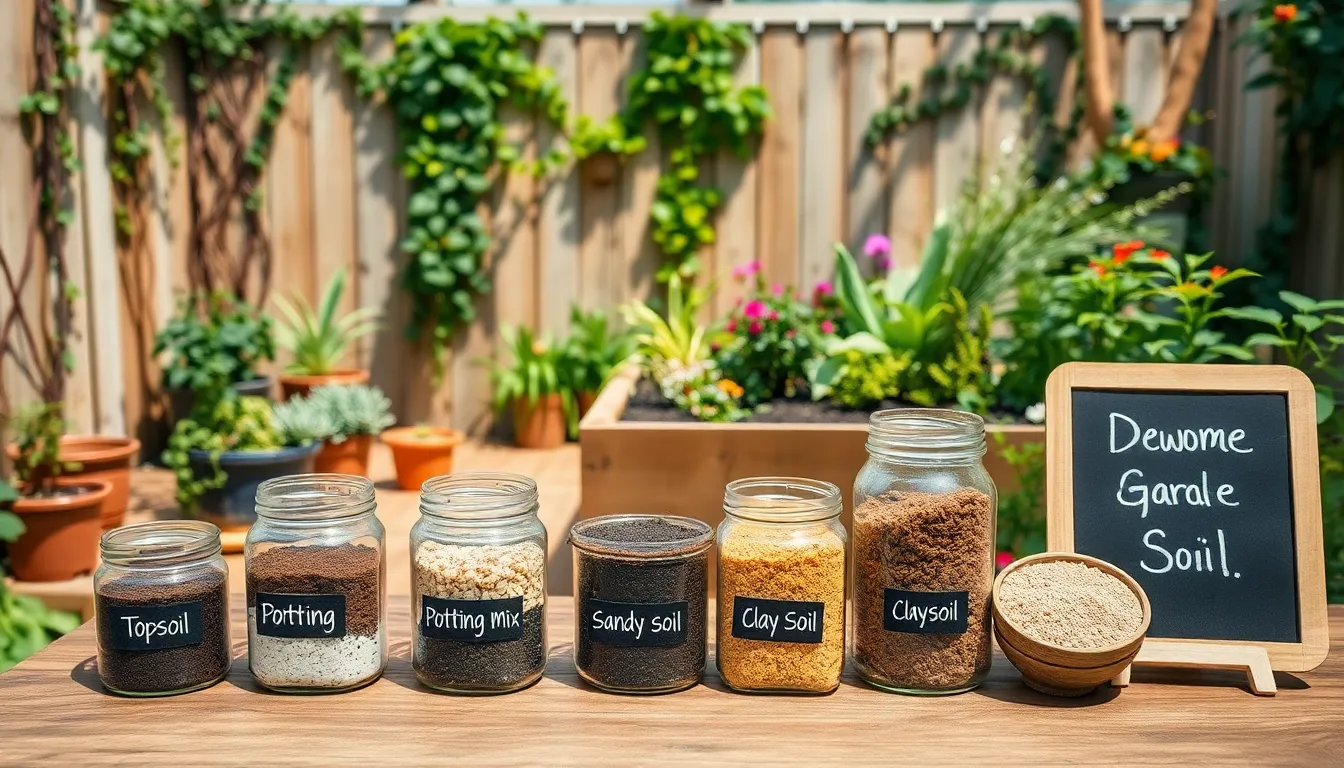Welcome to the exciting world of gardening, where the simple act of nurturing plants can lead to a lifetime of joy and discovery. Whether you’re just starting to explore this rewarding hobby or have a seasoned green thumb, understanding the foundation of your garden—the soil—is crucial to your success. Choosing the right garden soil is not just about filling your pots or beds; it’s about giving your plants the environment they need to thrive. In this guide, we’ll delve into the essentials of garden soil, helping you make informed decisions that will benefit your plants from root to bloom.
Many gardeners, regardless of their experience, overlook the significance of soil quality, often focusing more on plant selection or garden design. Yet, soil is the lifeblood of your garden, providing essential nutrients, water, and oxygen to your plants. By the end of this article, you’ll have a clear understanding of the different types of soil and how to select or amend them to suit your specific gardening needs. You’ll learn practical tips and insights that will empower you to create a flourishing garden, whether you’re planting a cozy window box or cultivating a sprawling backyard oasis.
As we embark on this journey, remember that choosing garden soil is not a one-size-fits-all task; it requires a bit of observation and a willingness to experiment. With this guide, you’ll gain the confidence to assess your soil options and make choices that align with your gardening goals. Let’s dig in together, and uncover the secrets to creating a thriving garden, rooted in the very best soil.
Identify Your Plant Types
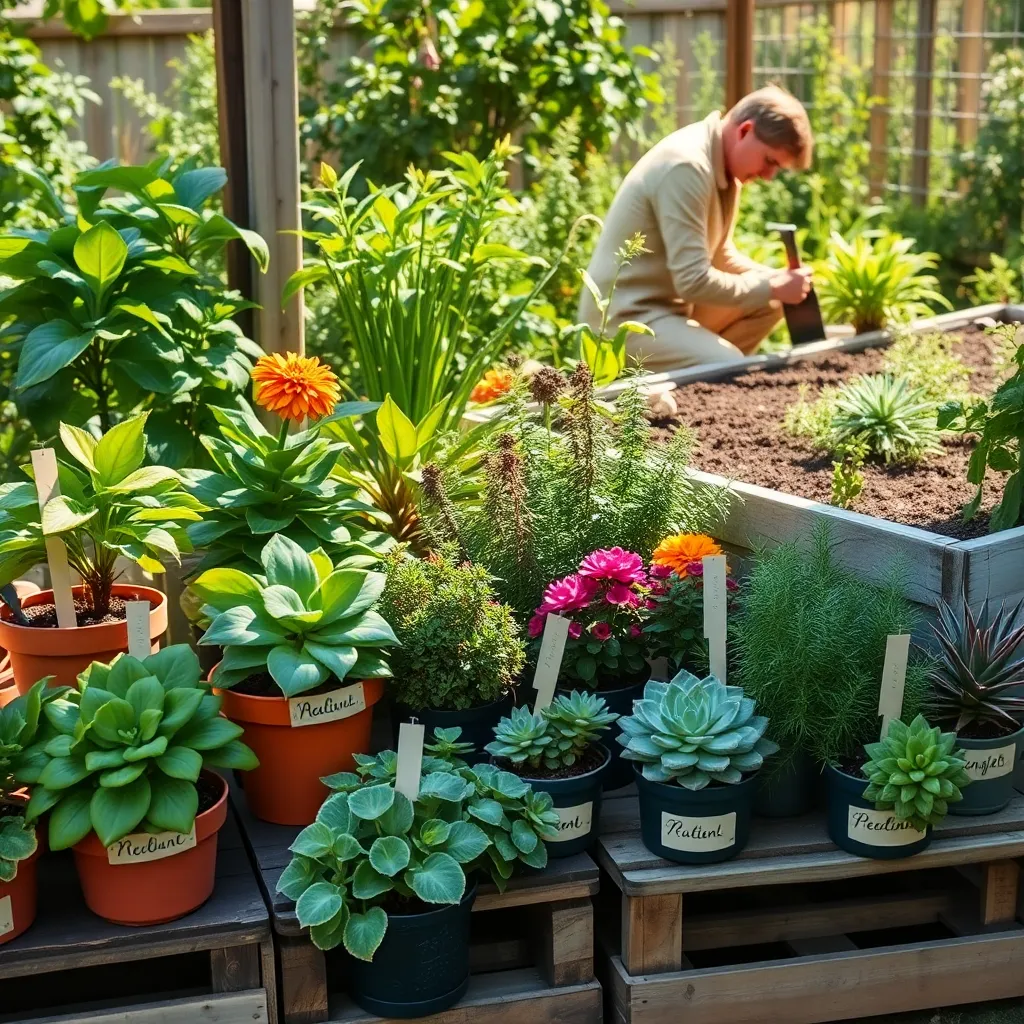
When it comes to identifying your plant types, understanding their specific needs is essential to selecting the right garden soil. Different plants thrive in different soil conditions, and matching these requirements can make a significant difference in their growth.
Begin with identifying whether your plants are annuals, perennials, or biennials, as this can influence their soil preference. Annuals, which complete their life cycle in one season, often prefer rich, loamy soil that provides nutrients for quick growth.
Perennials, on the other hand, return year after year and usually benefit from well-draining soil that prevents root rot. A soil mix with sand or gravel can enhance drainage for perennials, ensuring they remain healthy over multiple seasons.
Some plants, like succulents and cacti, require a very different approach with gritty, well-draining soil to mimic their natural arid environments. A combination of sand, perlite, or pumice mixed with regular potting soil can provide the perfect balance for these drought-tolerant plants.
To accommodate various plant types in a single garden, consider creating different zones with tailored soil compositions. This method allows you to meet individual plant needs without compromising on overall garden aesthetics and health.
For advanced gardeners, testing your soil pH and nutrient levels can offer insights into further refining soil amendments. Investing in a soil test kit can help identify deficiencies and guide you in adding specific nutrients, such as nitrogen, phosphorus, or potassium, to optimize plant growth.
Assess Soil Drainage Needs
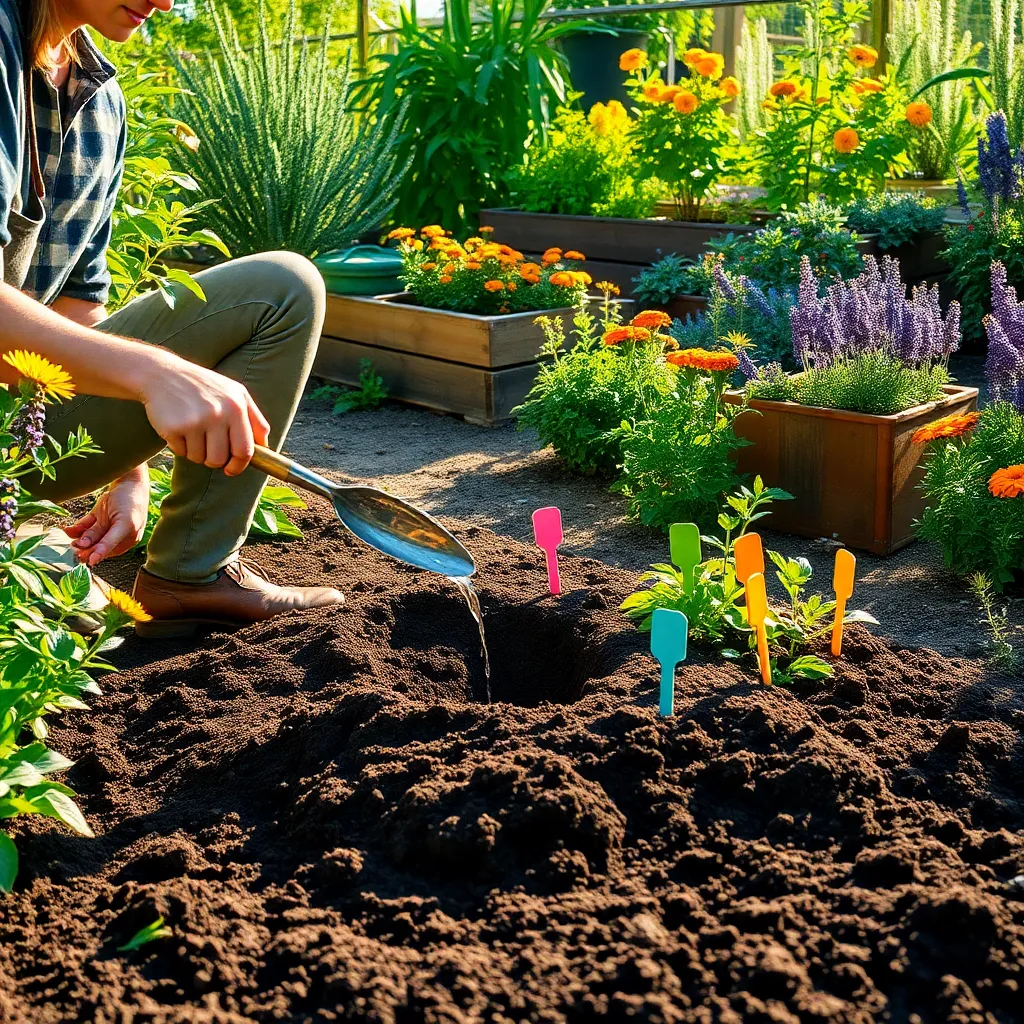
Understanding soil drainage is crucial for the success of your garden. Soil that drains too slowly can lead to root rot, while soil that drains too quickly may deprive plants of necessary moisture.
To assess your soil’s drainage, perform a simple percolation test. Dig a hole about 12 inches deep and fill it with water, noting how long it takes to drain completely.
Well-draining soil should allow water to filter through at a rate of 1 to 2 inches per hour. If the water drains too quickly or too slowly, you may need to amend your soil with organic matter or sand to improve its structure.
Gardening experts recommend adding compost or well-rotted manure to enhance soil drainage and nutrient content. For sandy soils that drain too quickly, incorporating organic material can help retain moisture and provide essential nutrients.
If your garden is on clay soil that retains too much water, consider raised beds or adding gypsum to improve drainage. Regularly checking and amending your soil based on these observations will keep your plants thriving throughout the growing season.
Test Soil pH Levels
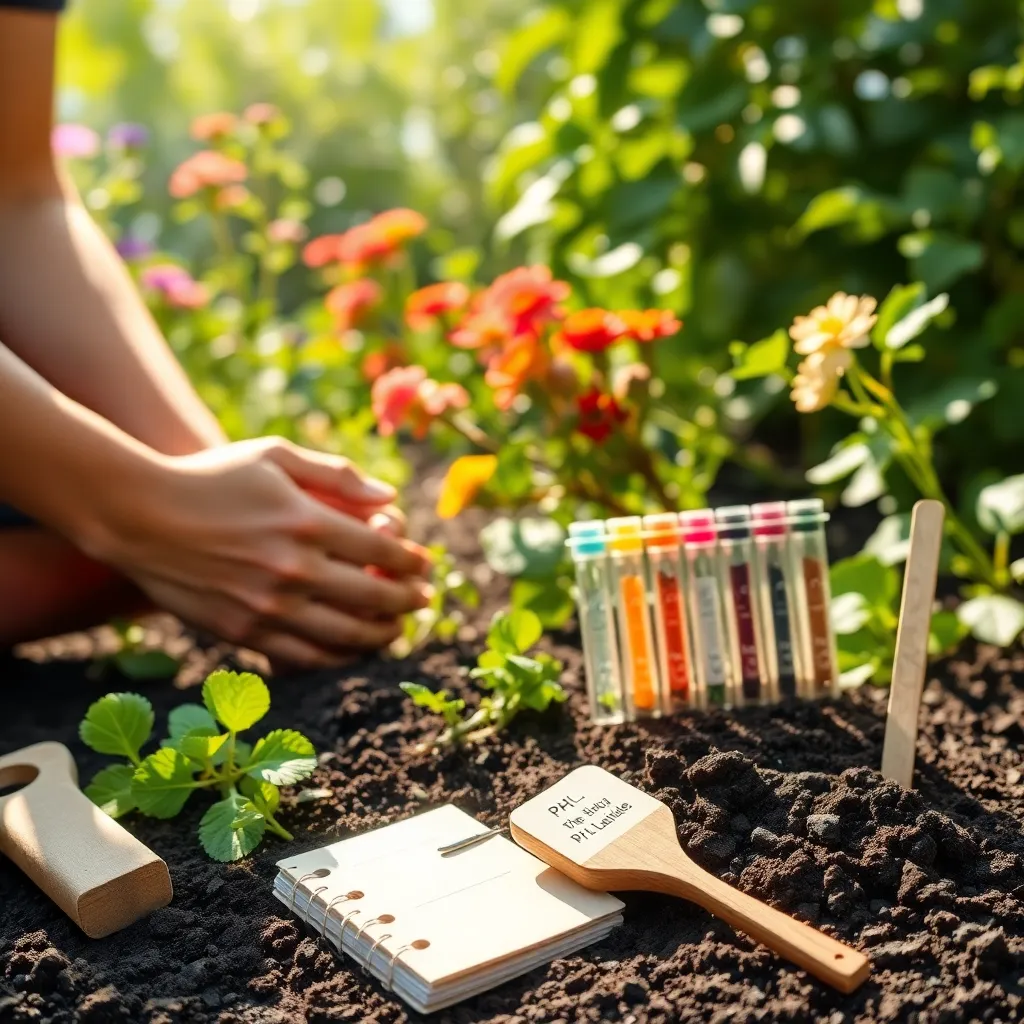
Testing soil pH levels is a crucial step for selecting the right garden soil. The pH level of your soil can significantly impact plant growth and nutrient availability.
To get started, purchase a reliable soil pH test kit from a garden center or online. Follow the instructions carefully, ensuring that you take samples from different areas of your garden for the most accurate results.
Understanding your soil’s pH helps determine which plants will thrive in your garden. Most garden plants prefer a slightly acidic to neutral pH, typically between 6.0 and 7.0.
For beginners, consider plants that are adaptable to a range of pH levels, such as tomatoes and marigolds. These plants are forgiving and can tolerate slight variations, making them ideal choices for novice gardeners.
Advanced gardeners might explore adjusting soil pH to optimize conditions for specific plants. For instance, adding organic matter like compost can gradually lower pH levels, making soil more acidic.
Conversely, to raise the pH and make soil more alkaline, you can incorporate lime into the soil. Always test and adjust gradually, as sudden changes can stress plants and affect their growth.
Research Soil Composition Options
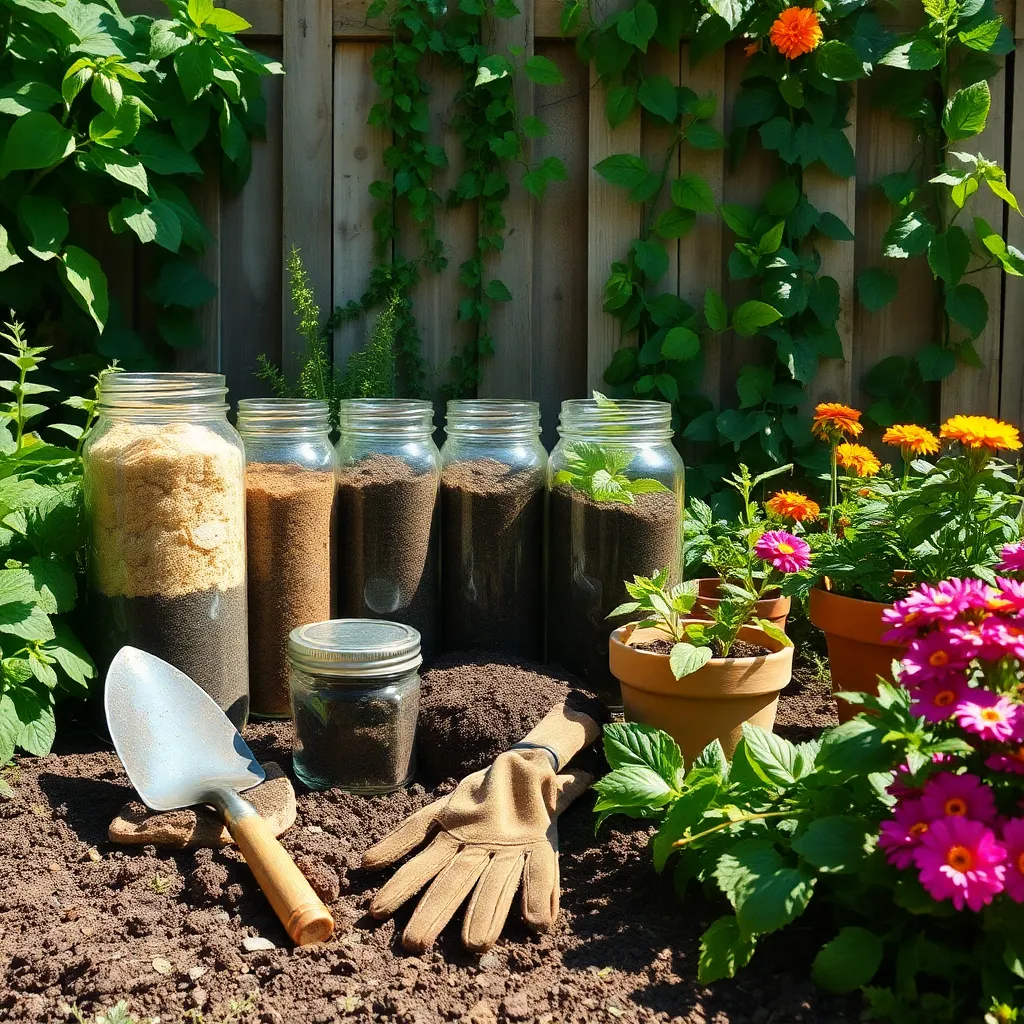
Understanding soil composition is essential for creating the perfect environment for your plants to thrive. The right mix of sand, silt, and clay affects how well your soil retains moisture and nutrients, which in turn influences plant health.
Start by evaluating the texture of your soil using a jar test. Fill a jar with soil, water, and a few drops of dish soap, shake it well, and let it settle overnight to observe the layers of sand, silt, and clay.
Once you know your soil’s texture, consider adding amendments to improve its quality. For sandy soils that drain too quickly, incorporate organic matter like compost or well-rotted manure to enhance water and nutrient retention.
Clay-heavy soils can be improved by adding coarse sand or perlite to increase drainage. This adjustment prevents root rot in plants sensitive to overwatering, like lavender and succulents.
For an all-purpose garden soil, aim for a loamy texture, which is roughly 40% sand, 40% silt, and 20% clay. This balance provides excellent structure and is suitable for a wide variety of plants.
Experiment with different combinations of soil amendments to find what works best for your specific plant needs. Keep in mind that regular testing and tweaking can help you maintain optimal soil conditions year-round.
Select Quality Soil Mixes
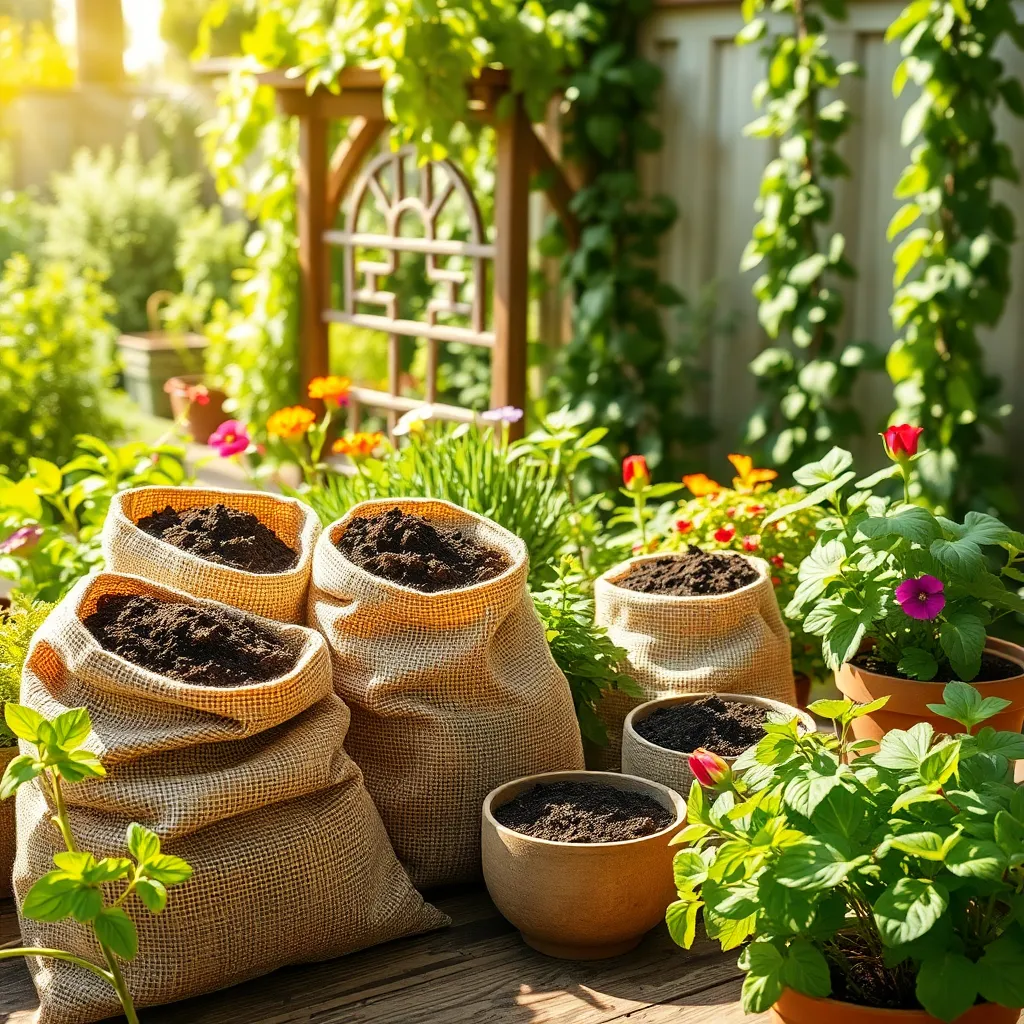
Choosing the right soil mix is fundamental to a thriving garden, as it directly affects plant health and growth. For most plants, a basic soil mix should include equal parts of peat moss, compost, and perlite for good aeration and moisture retention.
It’s essential to consider the specific needs of your plants when selecting a soil mix. Succulents and cacti, for example, prefer a well-draining soil blend with a higher proportion of sand or fine gravel to prevent root rot.
For beginners, pre-packaged potting mixes are a convenient option, as they are generally balanced and free of pests and diseases. Ensure the mix is labeled for the type of plants you are growing to maximize its benefits.
Experienced gardeners might prefer to create custom soil blends to tailor the nutrient content and drainage properties for specific plant types. This approach allows for more precise control over the growing environment, which can improve plant performance.
Conclusion: Growing Success with These Plants
As we conclude our ‘Beginner’s Guide To Choose Garden Soil,’ let’s recap the five foundational relationship concepts: understanding your partner’s unique needs, nurturing growth with patience, choosing the right ‘soil’ or environment for your relationship to thrive, maintaining balance, and regular communication to enrich your bond. Each of these elements plays a crucial role in fostering a healthy, flourishing relationship.
Now, take an actionable step: assess your current relationship ‘soil.’ Is it rich with understanding and support, or does it require some new nutrients like quality time or open dialogue? Make a small, intentional change today to nurture your relationship.
Remember, a thriving relationship, much like a garden, requires continuous care and attention. Bookmark or save this article now as a handy guide for your relationship journey. You’ll want to revisit these insights whenever you need a reminder or a fresh perspective.
As you look forward, know that by investing in these principles, you’re sowing the seeds for a vibrant, lasting relationship. Embrace the journey, and watch your connection grow stronger each day.

